BRunner

Joined: 29 Jul 2009
Posts: 705
Location: Czech Republic
|
 Posted: Sun Sep 18, 2011 5:27 pm Post subject: Five 300mm lenses and one 350mm mirror compared on 5DmkII Posted: Sun Sep 18, 2011 5:27 pm Post subject: Five 300mm lenses and one 350mm mirror compared on 5DmkII |
 |
|
BRunner wrote:
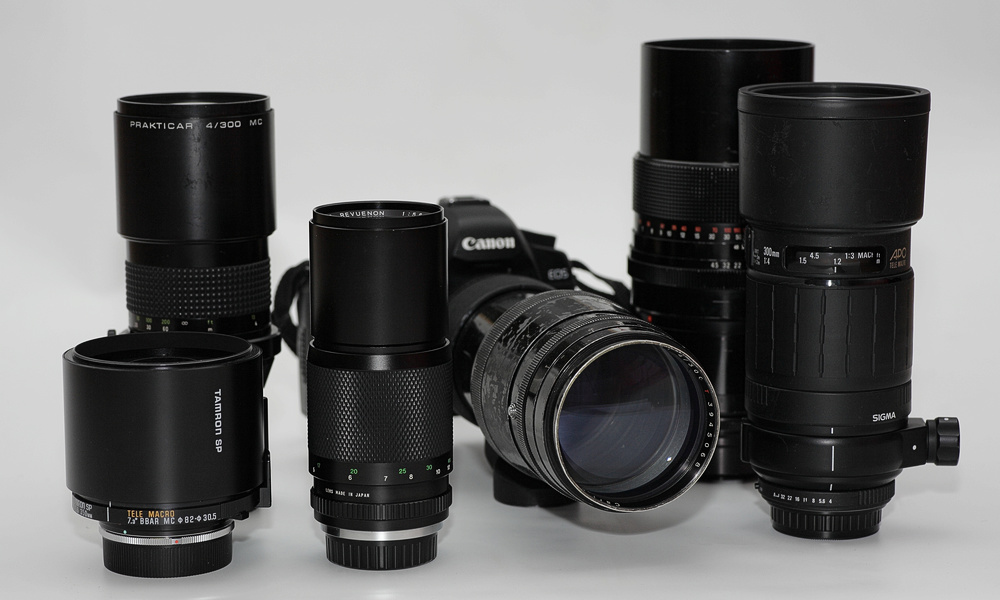
Welcome back to my serie of lens comparison. This time I tested five 300mm primes and one 350mm mirror.
Test methodology is exactly the same like in my previous comparison of 12 fast 135's. I won't repeat it here. Except that for Samsung GX-20 and infinity photos I use CaptureOne developer now.
PRECAUTION: don't judge the sharpness from one particular test, always check all three tests. I'm trying to do my best when focusing,but I still can't avoid slight focusing errors. Another quality factor is copy variability, always is possible,that I've got lemon copy or otherwise and yours experience may vary. When I had opportunity to try more copies, it will be mentioned in text.
This time I can't pick a real reference lens for this comparison. All lenses shows very good performance, but unfortunately, none of them excels in all areas.
Sigma APO Tele Macro 4/300mm
Most modern lens in this comparison. This lens can be found in many different mounts with AF, but this particular copy is manual focus only for Pentax KA mount. It's not possible to use it fully on 5DII without irreversible modification or machining new parts. That's why I tested it only wide open.
This lens is real modern telephone lens. It has internal focusing, focuses very close (1:3 macro), it's reasonably sized and apochromaticaly corrected. Focus limiting switch is probably more usefull on AF versions.
On not so positive side, the focusing is optimized for AF, it has very short throw and is it's not easy to get precise focus then. The external rubber finish of plastic parts is good to hold, but is very prone to wearing (only external parts are made from plastic, internally it's very solid full metal construction).
Optical performance is very good. Wide open, resolving power is on pair with other lenses and on APS-C it reaches very high level @f8. I think that at shorter distances the lens is slightly better than at infinity. CAs are very low and definitely this lens deserves it's APO designation. Only faint traces in corners and in bokeh can be found wide-open, where this lens is already better than other stopped down to f8 or f11. For this focal length, this is remarkable result. Unfortunately, there is other side of the coin too. Overall contrast and microcontrast is low and worse than other and much cheaper lenses. This can be corrected in PP, but I'm lazy photographer and I prefer good results straight from camera. From tests on my crop Pentax camera, at smaller apertures contrast is even lower.
+ very good sharpness wide open and even better stopped down
+ for this focal length negligible CAs
+ focuses very close
+ internal focusing
+ integrated sunshade
+ removable tripod mount
+ acceptable size
- low contrast and microcontrast, due to this, muted colors
- too short focus throw
- sensitive outer finish
Sharpness @f4

CA @f4

Contrast @f4
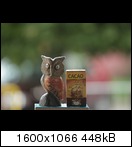
APS-C Sharpness @f4, 5.6, 8, 11
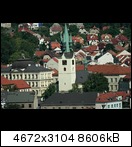 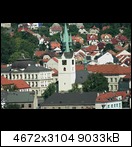 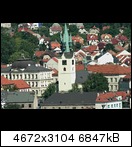 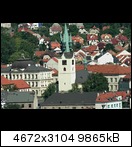
APS-C CA @f4, 5.6, 8
  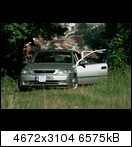
Tamron SP 5.6/350mm
This mirror is very nice surprise, I didn't expected to be so good. It is very sharp and contrasty with good color rendering. Due to absent CA's it needs only very little PP to get decent results.
Of course, it is mirror and still has the negatives of mirror lenses. Resolution of finest details, microcontrast and overall contrast is slightly lower than with better normal lenses. But the lack of CA's makes the final image look very clean. On FF is vignetting slightly higher and real T number is probably more like f8.
Overall build is very good, focusing is smooth. Due to it's size and low weight, this lens is very portable, but for handheld shooting I prefer slightly heavier lenses, because they are better stabilized.
+ sharp and contrasty
+ nice saturated colors
++ no CA
+ small and light
+ well build
+ focuses very close
+/- donuts bokeh
- resolution of smallest details and microcontrast is not on pair with better classic lenses
- field sharpness lacks behind center on FF
- higher vignetting on FF
- fixed aperture
- actual T number is more like 8
Don't get me wrong, this lens is truly great considering it's a mirror.
Sharpness @f5.6
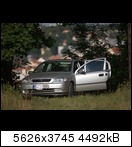
CA @f5.6
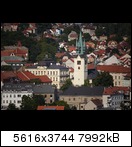
Contrast @f5.6

APS-C Sharpness @f5.6
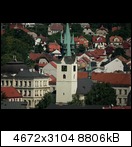
APS-C CA @f5.6
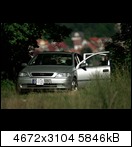
CZJ "Olympic" Sonnar 4/300mm
I like design of this lens. I think, that "Olympic" Sonnars 180 and 300 are one of most beautiful tele lenses ever made. But this lens not only looks great, it performs very well too - considering its age. Actually, except chromatic errors and stopped down corner performance, there is hardly something to criticise. Contrast, performance in contra light, wide open resolvance, color saturation, everything is great.
Unfortunately, this lens has strong lateral CAs and stopping down doesn't help much to avoid them. This lens shows one interesting behavior. It reaches best performance between f4 and f5.6. At smaller apertures, center sharpness slightly betters, but corners and field sharpness goes worse. My theory is, that this is caused by difraction at aperture blades, without corrective lens element between aperture and focal plane.
+ highest center resolution
+ high contrast and good color rendering
+ perfectly rounded aperture
+ well build
+ interchangeable camera mount compatible with "Olympic" Sonnar 180 (M42, Pentacon Six, Exa, Praktina)
-- heavy CA
- stopping down degrades field and corner sharpness on FF
- this lens is very heavy weight, hard to handhold
Sharpness @f4, 5.6, 8, 11
 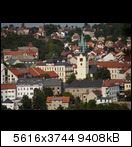 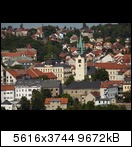 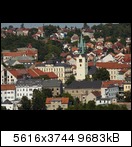
CA @f4, 5.6, 8
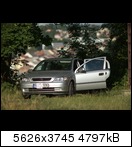 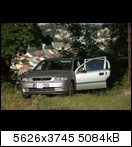 
Contrast @f4, 5.6, 8
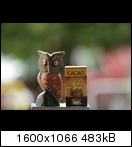 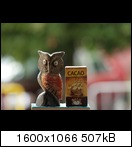 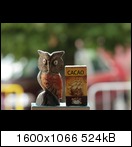
APS-C Sharpness @f4, 5.6, 8, 11
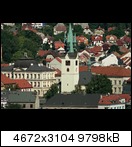 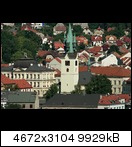 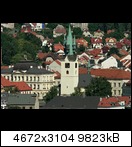 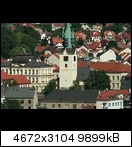
APS-C CA @f4, 5.6, 8
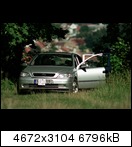 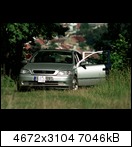 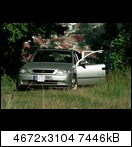
CZJ MC Sonnar 4/300mm
Another "bazooka" from CZJ. This lens is comparable in size and weight to it's older "Olympic" brother, but optical design is optimized more for stopped down performance, as this lens is designated for MF Pentacon Six cameras. (it can be stopped down to f45). Wide open has lower resolution, but lower CAs too. Stopping down improves slowly the sharpness, but performance is more even in the field. Contrast is slightly lower than "Olympic " Sonnar.
+ good contrast and colors
+ good CA handling (in comparison to other non-APO lenses)
+ integrated rotating tripod mount
- big and heavy, hard to handhold
- lower resolvance of small details at bigger apertures
- only six blades aperture
Sharpness @f4, 5.6, 8, 11
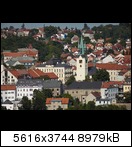 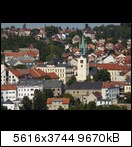 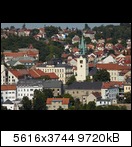 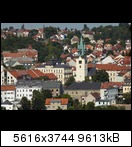
CA @f4, 5.6, 8
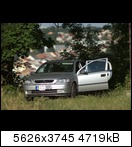 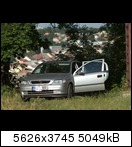 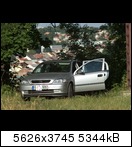
Contrast @f4, 5.6, 8
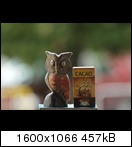 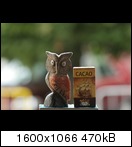 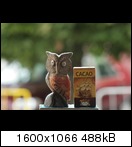
CZJ Prakticar 4/300mm
This is CZJ latest 300mm tele lens for bayonet Practicas. In comparison to older designs, it is significantly smaller and lighter. I really like ergonomics of this lens. On 5DII it is very well balanced and weight is right for handheld shooting. Not so weighty, but still stabilized.
Performance is very good too. Sharpness and CA handling is right between both older lenses. It's sharper than MC version and has lower CAs than "Olympic" Sonnar.
Unfortunately it falls behind in contrast and kontra light. Especially stopped down.
+ good sharpness from f4
+ good CAs handling (remember, non-APO)
+ small and light for f4 300mm lens
+ integrated sunshade
+ integrated rotating tripod mount
- overall lower contrast
- stopped down, it doesn't handle well backlit situations
- only 6 blades aperture
Sorry no sharpness test, this Prakticar probably doesn't reach infinity with my PB->EOS adapter
CA @f4, 5.6, 8
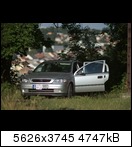  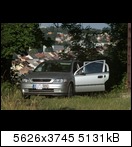
Contrast @f4, 5.6, 8
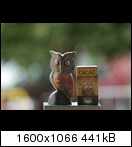 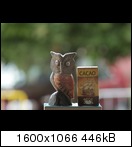
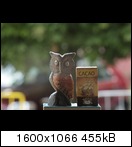
Revuenon 5.6/300mm
This lens is Pentax K mount and it can be easily and reversible modified for use on Canon FF. It was made by Tokina. It's common lens, cheap and was sold under different brands and in different mounts.
It is small, light (roughly the size and weight of Pentacon or Takumar 4/200) and performs very well on both crop and FF cameras. Contrast, color saturation and performance in contra light is top. Sharpness is high @f5.6 and when you stop down, it's even better. At f11 it beats all other lenses in resolution and I would choose this lens for landscape photography.
Of course, it has a dark side too. CAs are more pronounced than with other lenses (except "Olympic" Sonnar).
It lacks tripod mount, but due to it's low weight, I don't count it as negative.
+ sharp, especially stopped down
+ really compact and light, very good for travel
+ very good contrast, color saturation and backlit situations handling
+ integrated sunshade
- stronger CA
- only 6 blades aperture
Sharpness @f5.6, 8, 11
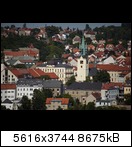 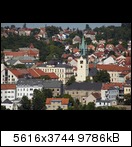 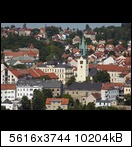
CA @f5.6, 8
 
Contrast @f5.6, 8
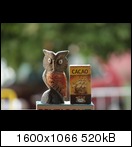 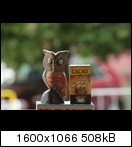
The bokeh...
Non-APO lenses are very close in the boke character, but the "Olympic" Sonnar looks smoothest to me.
Tamron mirror shows usual donuts in OOF areas. Otherwise the bokeh is smooth with only very faint traces of LoCAs, which are for all practical purposes negligible.
Sigma has slightly more busier bokeh than Sonnar and slightly more LoCAs than Tamron. But overall it's a winner for me in this very subjective discipline.
Tair note...
Many of you probably wish for Tair-3 to be included in this comparison. Unfortunately I sold my Photosniper version long time ago. It's good lens, but it's performance is no better than both Sonnars at same aperture and there is no size and/or weight advantage even is slower. Yet, I prefer handling and color rendering of "Olympic" Sonnar to stay in same weight category.
APS-C note
Some of the lenses I tested on my Samsung GX20 crop camera, to compare stopped down performance of Sigma.
Overall the performance is in line with my FF findings.
Sigma retains it's good APO characteristics, but needs to be stopped down to f8 to be really sharp.
Tamron mirror is not able to draw more fine details than the 300mm lenses even with slightly longer FL. With 14MPx APS-C sensor, we are already beyond it's resolution limit.
"Olympic" Sonnar shows, that resolution in this FL can be very high and outresolves the sensor even wide-open, which is remarkable considering it's age. Unfortunately CAs are even more pronounced and practically kills the photo.
Closing words...
The more extreme focal lengths, the more you can see the advantage in optical design. Lenses compared here cover time span of more than 40 years of development and this is visible in resulting photos, especially in suppressing chromatic errors and handling (internal focusing, closest focusing distance, lower weight). I'ill probably sell all tested lenses (except "Olympic" Sonnar from my collection) and go for modern AF lens in this FL. Or maybe once I will be very lucky and buy APO-Telyt-R 4/280 for reasonable price 
Thank you for viewing and please share your findings, opinions and experiences.
_________________
.: APO-Maniac :. |
|
